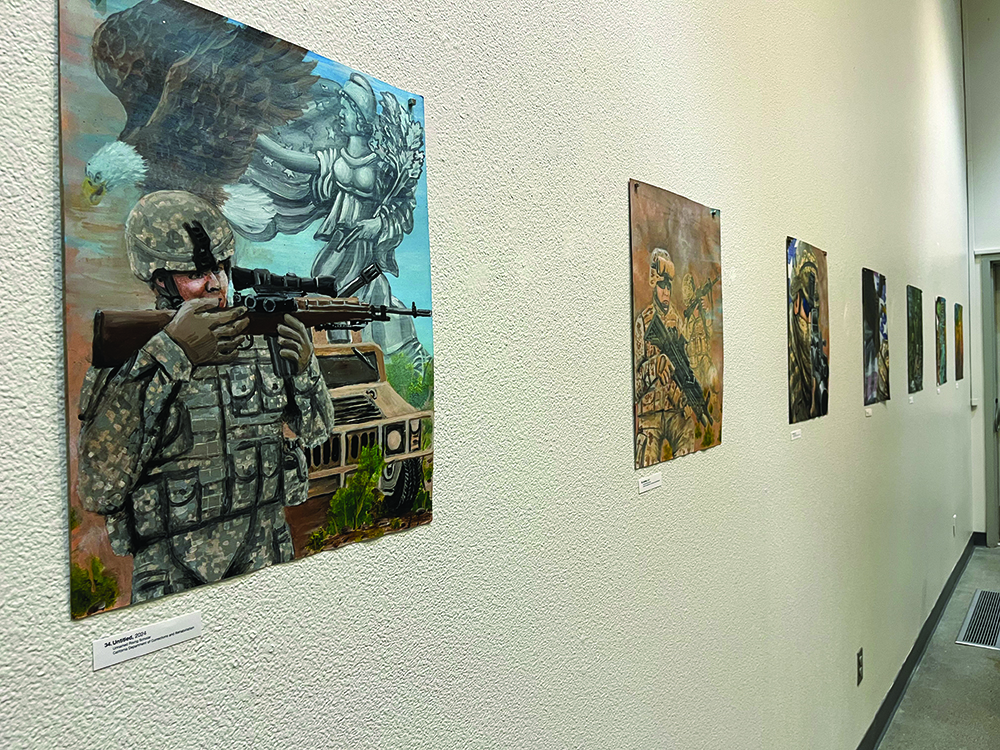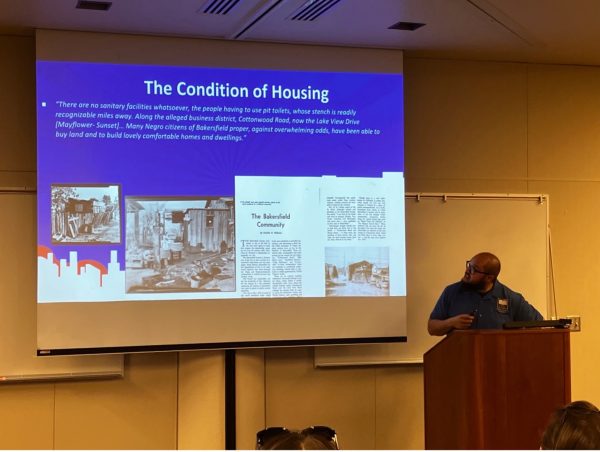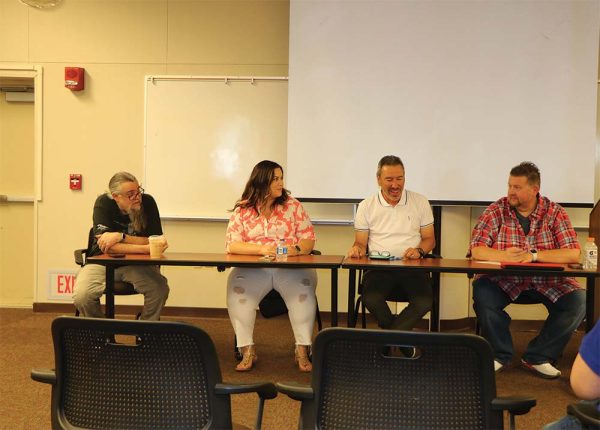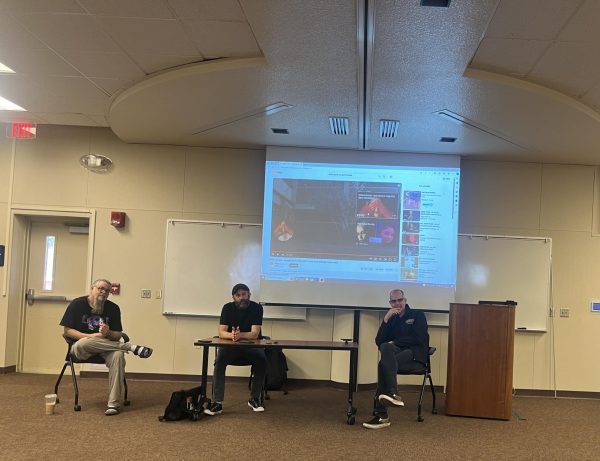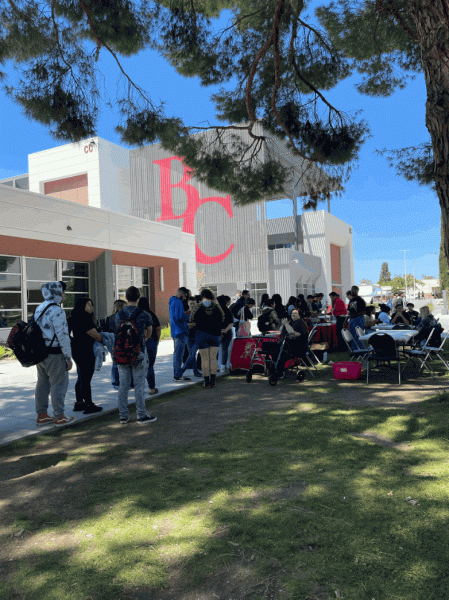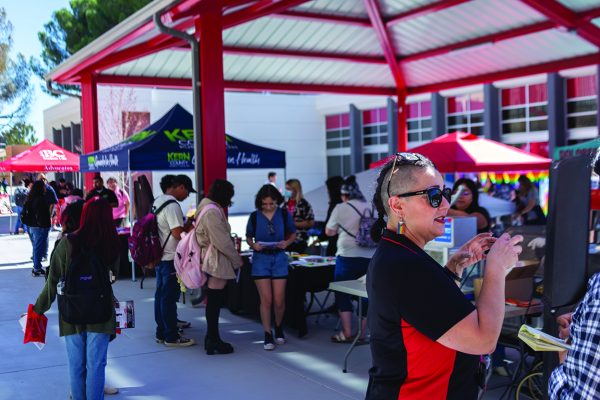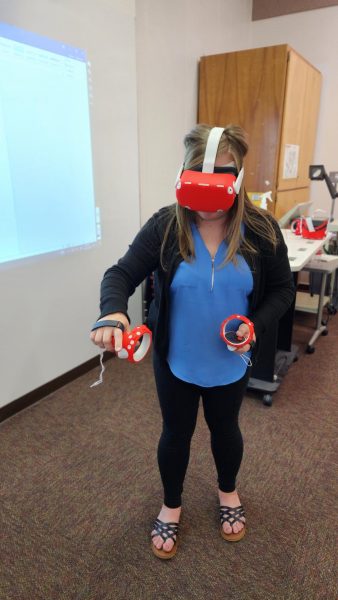Last Renegade Table of the semester discuss civil disobedience and civil unrest
November 30, 2020
The last virtual episode of the Renegade Table of this semester was held on Nov 18. In this episode, Civil Disobedience and Civil Unrest: Drawing Difficult Lines in Difficult Times, Reggie Williams started to introduce the speakers of the night. They were Gloria Dumler, Pam Boyles, Michael Harvarth, and Erin Miller.
The first that started the topic was Gloria Dumler. She explained a little bit the point of view of John Rawls, who expressed that civil disobedience should be allowed when there is a clear violation of rights from the authorities.
“Civil disobedience is vital and very important but looting rioting attacking is still quibble”, said Dumler. She explained that it is okay to protest, but people should not be hurt in the process of making justice.
She told some stories about social injustice that ended up leading to civil disobedience. For example, the Montgomery bus boycott, happened because a black woman sat in a white seat in a time where white and black people had to go separate in the bus and the black people would sit in the back, so this woman made a lot of controversies.
Pam Boyles was the next person to discuss the topic. She started by explaining the difference between civil disobedience and civil unrest.
She explained that people should think of civil disobedience as passive resistance, so that means it is not violent. However, civil unrest can be organized or can be spontaneous.
“It’s usually a reaction to some kind of trigger event and often there’s the intentional disturbance involving damage to property or injury to people,” Boyles said.
Boyles explained that civil disobedience hopes to set a moral example while provoking the majority of the government to make a change. She said that protests can be good or bad, but that depends on the people who are protesting.
She explained what a straw man is.
“The straw man is when you state the position at whoever you are arguing against in such a weak or distorted way that they don’t actually believe that,” she said.
The next panelist was Michael Harvarth. He explains that the United States was born under civil unrest. He explains that sometimes, violence is justified. He said that some protesters see the occasion to burn down business, and although no one has control over these people, the thing that can be done is to speak about it on social media about why that issue is bad.
He explains the story of a restaurant that was burned down, and the owner was a sensation on Twitter.
He explains that is counterproductive to protest about a social issue, to start a social movement with violence because it is not going to work out well.
The next panelist was Erin Miller. Miller made an example about paying taxes; for example, she said that if you do not pay taxes, you might go to jail. To do not pay taxes is a form of civil disobedience, but she said that could also be implemented as a way of protest. The government would take into consideration that action.
She explained also that Joe Biden made a group with black Latinos and black communities, in general, that was run by democratic politicians and conditions created by the poverty program.
“So, if civil disobedience is a moral obligation when injustice is present in the Latino community and the blacks community, and in our poor community, we might want to think about the authors of this injustice,” said Miller.
In the round of Q&A, they explained that not everyone is happy with money only. Actions bring up consequences, but sometimes civil disobedience is not a bad thing at all. They also explained that a brand could say that they support a cause, but they would say it to help themselves and not because they support it.
Finally, the webinar finished with Williams explained that the next series of The Renegade Table was going to start next year in the Spring semester 2021 and it was going to remain online due to the current circumstances.


